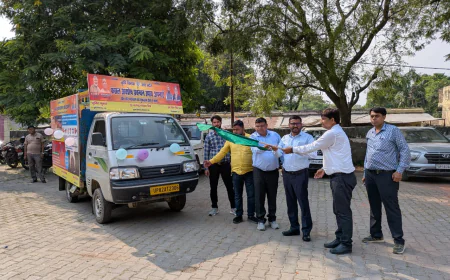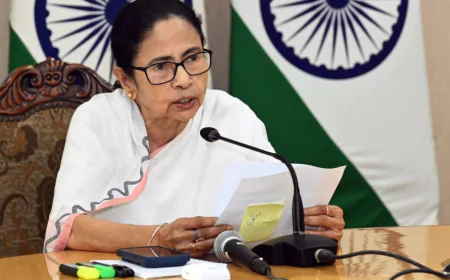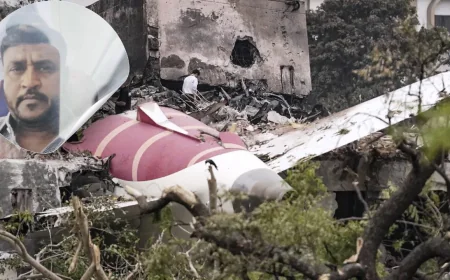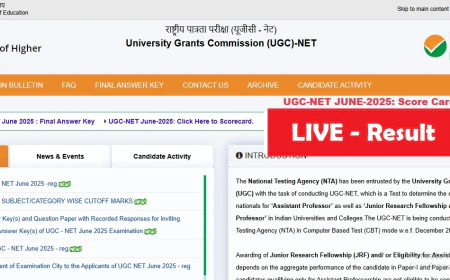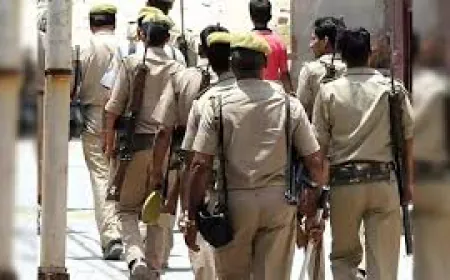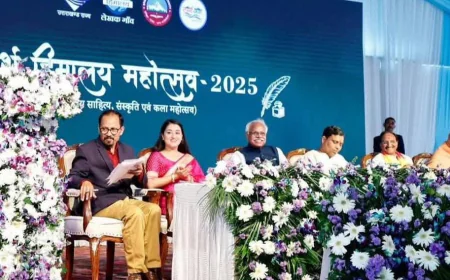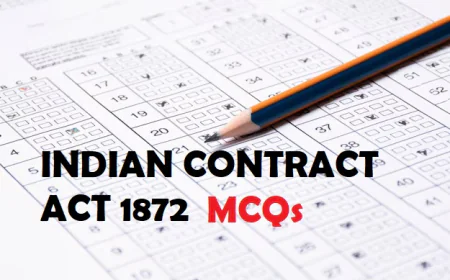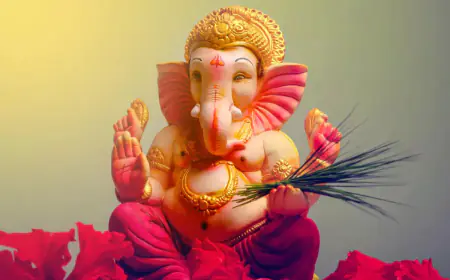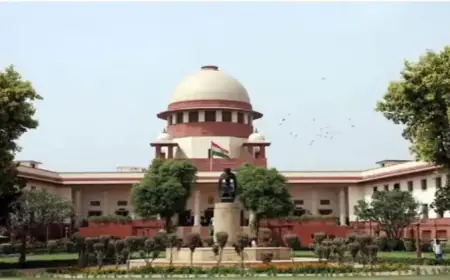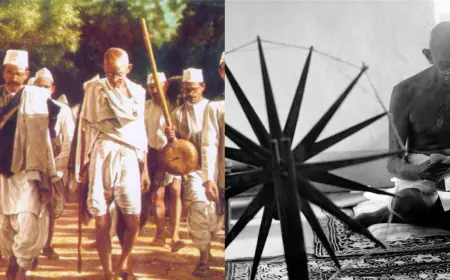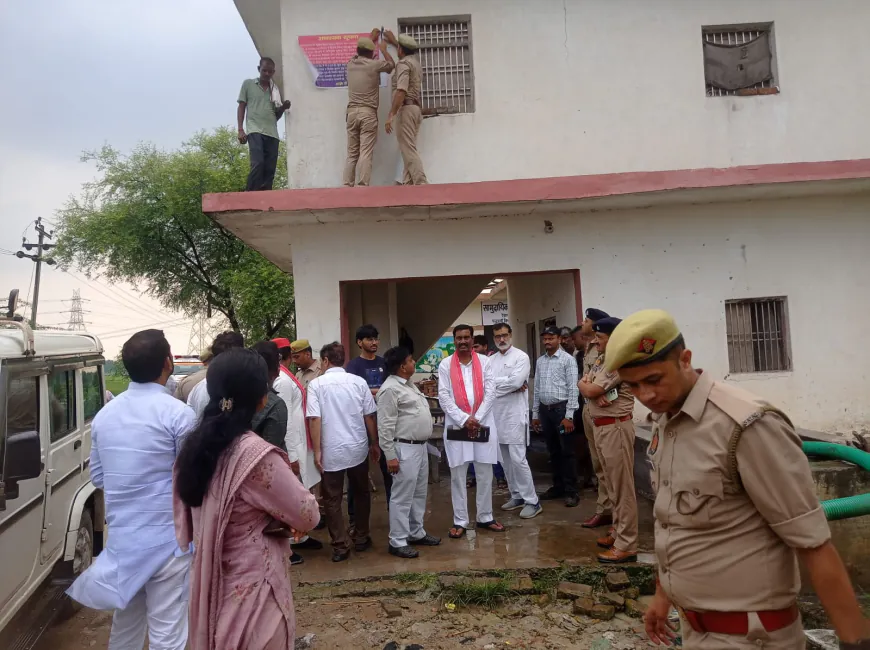The Tragic Stampede of 2013 Kumbh Mela: A Reflection on Chaos
The Tragic Stampede of 2013 Kumbh Mela: A Reflection on Chaos and Lessons
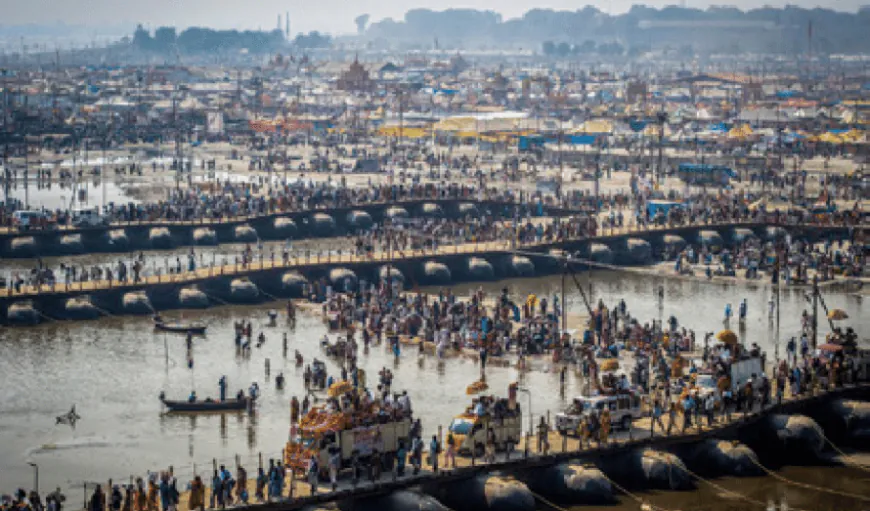
Ghazipur News: The grand Kumbh Mela is currently being held in Prayagraj, where millions of devotees take a holy dip every day. With robust arrangements in place, the administration has taken every precaution to ensure a seamless experience for pilgrims. However, as we witness the well-organized 2025 Kumbh, memories of the 2013 tragedy still haunt many—a stampede that claimed 36 lives and revealed severe lapses in planning and management.
10 February 2013: The Fateful Day
On 10 February 2013, the day of Mauni Amavasya, nearly 3-4 crore devotees had taken a dip at the Kumbh. As dusk approached, the crowd at the Prayagraj Railway Station became unmanageable. The situation worsened as platforms were overwhelmed, leaving no space to stand on the footbridge. The railway authorities had set up barricades to direct pilgrims toward the right platforms, but the system failed spectacularly.
Chaos broke out when an announcement mistakenly directed pilgrims to a different platform at the last moment. Thousands rushed to the new location, triggering a stampede. In an attempt to control the crowd, the GRP (Government Railway Police) resorted to baton charges, which only aggravated the situation. People were trampled, some fell off the bridge, and others suffocated under the pressure of the stampede. The scene quickly turned nightmarish, with bodies piling up and cries of agony echoing through the station.
Struggles for Basic Dignity
The aftermath of the incident exposed an alarming lack of preparedness. The Kumbh ward set up by the railway was locked and lacked essential medical supplies like oxygen and medicines. Victims who could have been saved succumbed to their injuries due to delays in treatment. Families searched frantically for their loved ones, while hospitals and authorities failed to provide timely assistance.
Adding to the distress, local vendors exploited the tragedy by selling shrouds (kafan) at exorbitant prices ranging from ₹1,200 to ₹1,500. Even after 12 hours, many bodies had not been transported back to their homes, showcasing a glaring delay in administrative response.
Blame Game and Accountability
At the time, the Samajwadi Party was in power, and Azam Khan, then in charge of Kumbh arrangements, faced severe criticism. While he resigned as the minister-in-charge, he shifted much of the blame onto the media and railways. According to Khan, “When 3 crore people arrive in a single day, incidents like this are bound to happen.” His statement sparked outrage, as it seemed to trivialize the loss of lives and failed to acknowledge administrative lapses.
Key Reasons Behind the Tragedy
-
Failure in Crowd Management During Royal Bath
The royal bath (Shahi Snan) day drew massive crowds, yet the administration failed to take precautionary measures. Pilgrims could have been redirected to nearby districts like Pratapgarh or Jaunpur to ease the pressure, but this wasn’t done. Instead, police resorted to lathi charges, driving more people toward the railway station. -
Overcrowded Railway Station
The Allahabad Railway Station, with a capacity of 25,000 people, was overwhelmed by nearly 2 lakh pilgrims. Though barricades were installed to control the influx, they proved ineffective against the massive crowd. -
Untrained Railway Police
While local police received crowd management training, the railway police were left unprepared. Instead of guiding the crowd, they resorted to baton charges, worsening the panic. -
Lack of Emergency Preparedness
Major events like the Kumbh require contingency plans, yet the administration lacked any. The railway hospital was ill-equipped, ambulances didn’t arrive on time, and even basic necessities like stretchers were unavailable.
